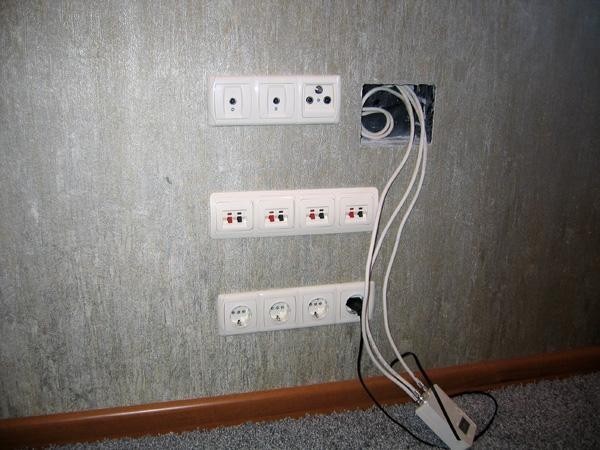Keramoblok: analysis of the material 2 and practical aspects of using
Table of contents
-
1 Product overview
- 1.1 What is a ceramic unit?
- 1.2 Product Specifications
- 1.3 Benefits
- 1.4 disadvantages
-
2 Fundamentals of ceramic masonry block
- 2.1 Supplies and Accessories
- 2.2 Question 1. How to build a masonry?
- 2.3 Question 2. What mistakes should be avoided?
- 3 conclusion
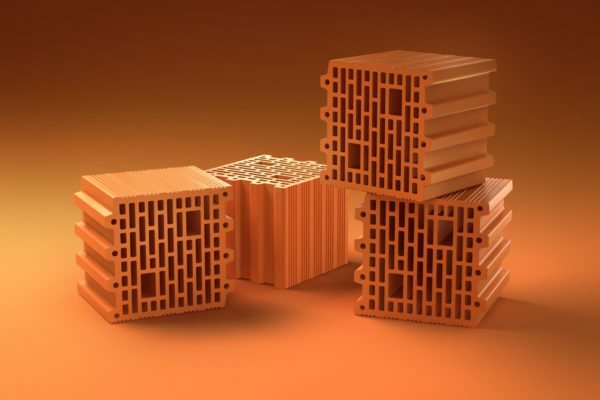
Large-scale blocks of baked clay - a great alternative to the standard brick
Keramoblok (aka ceramic stone) - a large-format porous product which is used for the construction of load-bearing structures. But in the practical application of ceramic stone you need to take into account the key features of this material. I know its pros and cons and help you deal with all this.
Product overview
What is a ceramic unit?
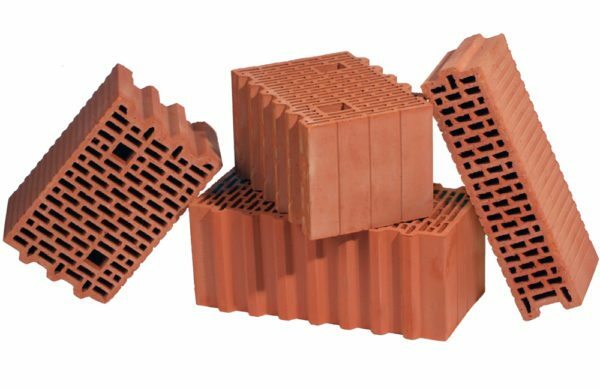
The main features of products - high resolution, toothed edge form and a complicated internal structure
Alternatively, hollow bricks and other materials are now actively used the so-called keramoblok. In fact, it's the same brick, but it is much larger with a significant number of internal voids.
This structure provides significant operational advantages material. Therefore, it is gradually replacing the market with more conventional solid and hollow ware.

Of these materials is mass for forming blocks
The main properties of this building material are provided by special technology:
- raw materials. The raw materials used clay with high plasticity. In preparing the molding mass to blocks purified clay is mixed with water, sand and porizatorami. As porizatorov (substances providing air entrainment in a ceramic mass) is used sawdust, peat, rice husk and the like. D.

From such a preform with internal pores are cut and then individual blocks
- forming. The prepared raw material is supplied to the press, where compacted and extruded through a die. Keramoblok obtained with high density walls and a complex internal structure. Numerous cavities inside the product reduces the thermal conductivity, and partitions provide dimensional stability and compressive strength.
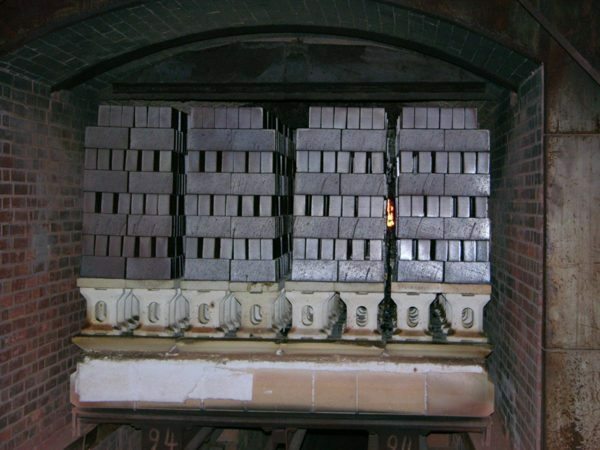
When burning in the furnace clay gaining strength, and pores formed in the thickness of the material
- Drying and roasting. Fresh ceramic blocks are dried in air for 36-48 hours, and then passed to the kiln. The calcination temperature is typically up to 1000 ° C, whereby the clay is gaining structural strength and porizuetsya.
Expensive keramobloki intended to face trim may also be subjected to grinding, painting or enamelling.
Product Specifications
To assess whether keramoblok exceeds typical brick of operating parameters, it is necessary to study its characteristics.

Comparative size of different blocks: the larger the size, the easier it is to put the product
- size keramobloka manufacturers usually indicate in millimeters, and in relation to the normal format bricks (250h120h65 mm). For example, the dimensions of the product labeled 10,7NF - 380x250x219 mm and 10.7 times higher than the typical dimensions of the building block.
Total GOST 530-2012 "Brick and ceramic stone" includes 14 sizes of such products. The most popular - 14,3NF, 10,7NF and 2,1 NF. The maximum size to which I had to work in practice - 45NF.
- the strength of products It defined mark and is usually in the range of from M175 to M50. Most chassis keramoblok - M75 and M100. Responsible for the erection of structures can be used more expensive brand M200, which is usually made in small batches to order.
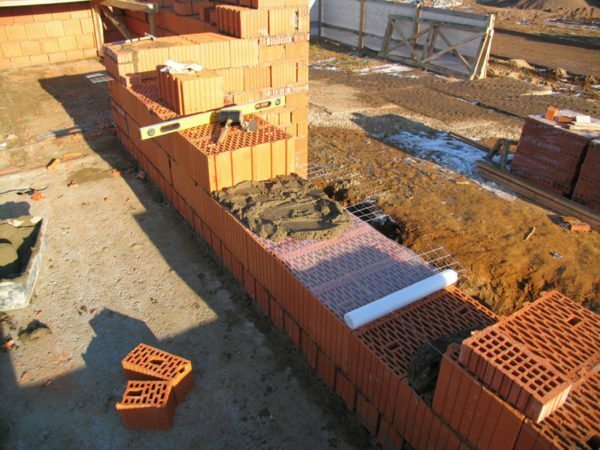
The combination of strength and a small volumetric weight of the material can be used for single-row masonry
- Volume weight - from 600 to 800 kg / m3. For materials with a sufficiently low strength indicator because using porous ceramic blocks can reduce the load on the foundation.
- Water absorption typically less than 10-15% by volume.
- The average frost - from 25 to 50 cycles.

To reduce the thermal conductivity of internal voids sometimes filled with a porous material
- Thermal conductivity - it depends on the internal structure. At the cheapest samples is about 0.24 W * (m * ° C) in the most efficient - from 0.08 to 0.15 W * (m * ° C).
- Soundproofing - about 50-55 dB.
The result is that the warm ceramics (also known as ceramic building block) with an optimum combination of strength, resistance to external influences and performance.
Benefits
dignity ceramic blocks impressive:
- A large format products. Keramoblok by volume equivalent to several standard brick (2 to 14 or more). This not only reduces the complexity of masonry, but also reduces the number of seams - the potential sources of blowing and "cold bridges".

Using a large block size (as in this photo), we save time and solution
Additional advantages - saving solution, and other consumables used in masonry.
- The optimum shape. The protrusions on the sidewalls allow products join their "castle." Through this seams to be not straight but zigzag, which minimizes the risk of blowing.
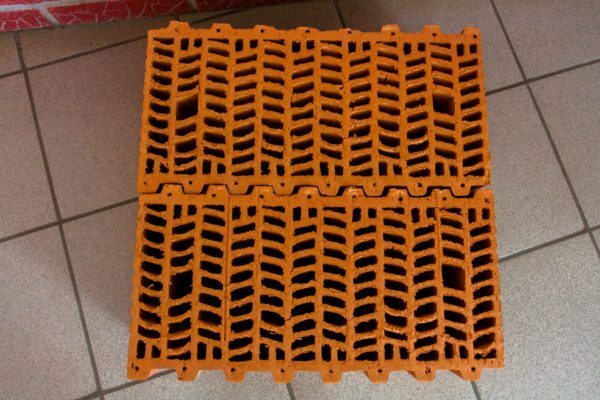
Locks on the sidewalls minimize the likelihood of blowing
- A good energy savings. The low thermal conductivity of thin enough to allow the stack - up to 40 cm - wall. Furthermore, the use of ceramic blocks as a main construction material reduces the cost of additional insulation.
- The combination of low volumetric weight and strength. of porous ceramics design gets easier, because it does not create increased loads on the foundation. In order to provide the necessary load-bearing capacity is not necessary to erect a wall too thick - it is also a plus.
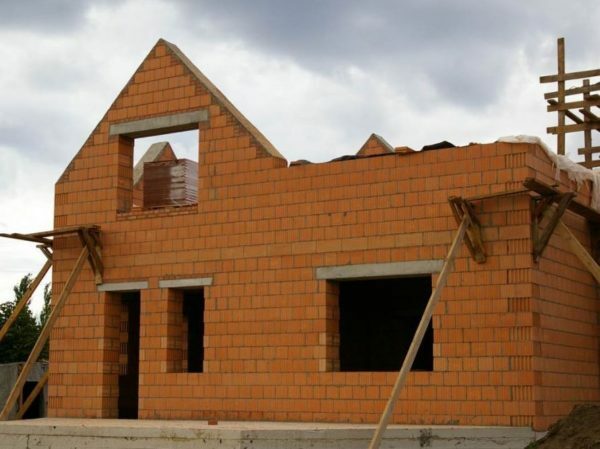
The walls of the "warm ceramics" a lightweight, durable and well-ventilated
- Good water vapor permeability. A wall, constructed of this material, well transmit moisture. Due to this is provided by maintaining a healthy indoor environment - natural ventilation wall is not broken.
disadvantages
Large format ceramic blocks - not without flaws:
- Friability internal structure. Compressive strength not negate the fact that under mechanical stress relatively thin partition may break. This fact must be considered when loading work.
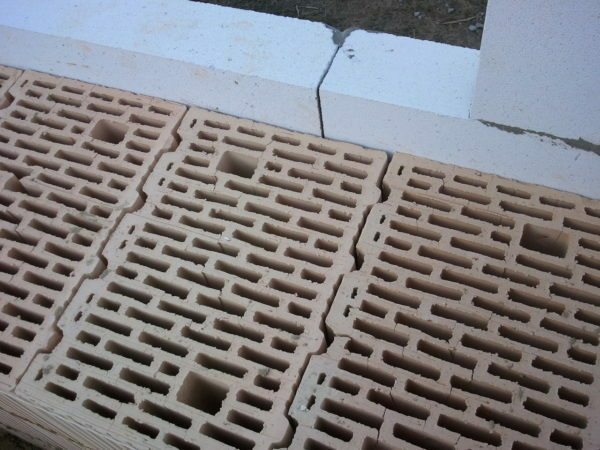
Cracks are clearly visible in the photograph - often appear due to improper loading
Worth seeing several items carefully before purchasing from the party to identify shortcomings of ceramic blocks.
- Much water capacity. The porous structure makes the material vulnerable to moisture. Because of this, it is necessary to expend energy and money on additional waterproofing masonry (bottom and outside). In addition, the material must be protected from the rain with open storage.

Waterproofing is absolutely necessary: efflorescence appeared on the stage of the masonry, and more will only get worse
- A relatively small frost. "Legs" at the problem grows from the same: the more moisture can accumulate in the material, the more problems arise when it freezes. Be that as it may, the effective waterproofing helps.
- Inconsistency stated the actual strength indicators. In fact, this problem is not very keramobloka and unscrupulous manufacturers. Reduce the risk in two ways: either buy the material from reliable suppliers, or to take with a reserve of strength about 25% of the calculated index.
Finally, you need to analyze such an important parameter as the price. There are two aspects:
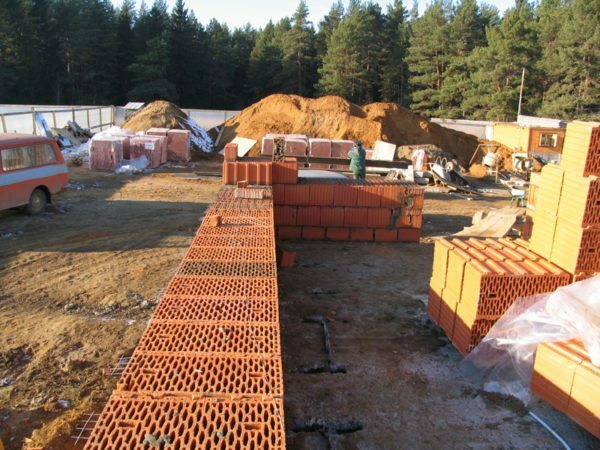
Keramoblok worth more expensive, but the large size and good insulation in the sum providing savings compared to other materials
- On the one hand, keramoblok worth more than many building materials, because the costs for the construction of load-bearing structures will be higher.
- On the other hand, the thermal characteristics of ceramic products and their large size allows significant savings on the solution and warming. In addition, high resolution blocks accelerates the masonry. So in the end, instead of appreciation goes quite noticeable savings.
Fundamentals of ceramic masonry block
Supplies and Accessories
To put keramoblok, we need these materials:
| Illustration | Material for masonry |
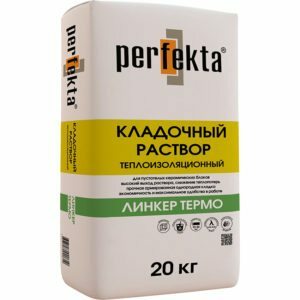 |
Building mixture. It is used in either a standard cement-sand mortar for ceramic brick or lightweight masonry mixture with good thermal insulation performance. |
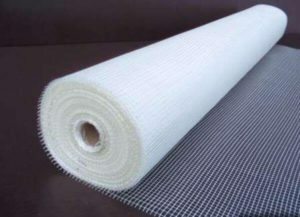 |
The reinforcing mesh of fiberglass. Used to strengthen horizontal seams. Furthermore, the use of such a network provides savings solution, preventing it from entering the building block cavities. |
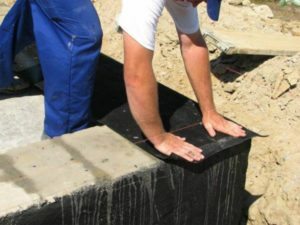 |
Waterproofing material. Osnvoanie laid on to cut off the moisture rising from the base to the clutch. |
 |
Metal or fiberglass mortgages. Used for bonding the main brickwork to a facing brickwork, providing protection from moisture. |
To laying the material with their own hands is successful, you need to use these tools:

Such a carriage may be used to uniformly apply the solution
- Master OK.
- Spatulas (conventional and serrated).
- A carriage for masonry mortar.
- Saw for ceramics.
- Portability for keramobloka.
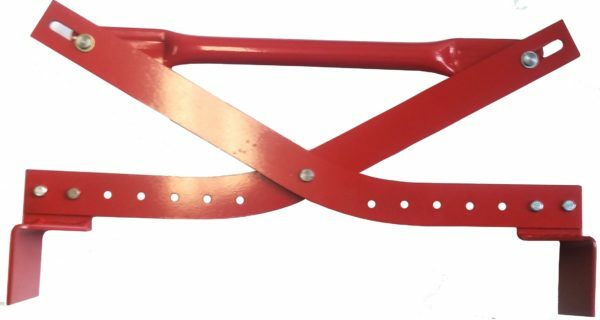
Thus transfer device which is a building material
- Poryadovy cord.
- Rubber mallet to rainfall.
- Level.
- Plummet.
- Gon.

Cutting is best to use a special electro-saw
Question 1. How to build a masonry?
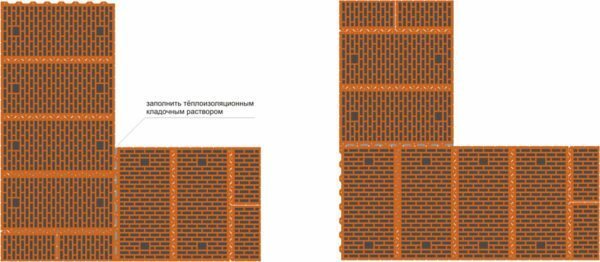
Scheme masonry walls with large format blocks
Use a porous ceramic blocks for masonry walls is simple: if you have worked with ordinary brick, then there will cope easily. However, the technology has a number of nuances that affect the efficiency of masonry.
Instructions, which should be guided in the performance of work, presented in tabular form:
| Illustration | milestone |
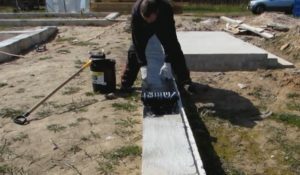 |
foundation waterproofing. Laid on the foundation layer of roofing felt, which prevents a capillary rise of moisture from the concrete to keramobloku. |
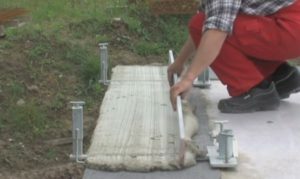 |
Stacking the first solution layer. On waterproofed base plot the standard cement-sand mortar for masonry ceramic bricks. The solution is laid evenly 30-35 mm thick. To control the thickness of the layer, you can use a special frame profiles with the beacon. |
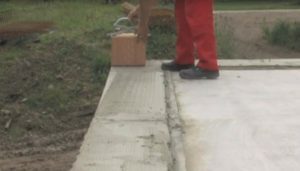 |
Masonry corners. Set the blocks at the corners, carefully aligning them. Focusing on the extreme points, pulls poryadovy cord to facilitate laying. |
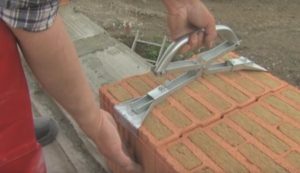 |
Laying the first row. Keramoblok put on a layer of the solution, adjusting the neighboring parts as closely as possible to each other. Vertical joints are not filled: the lack of a special form provided by blowing the locks at the ends. |
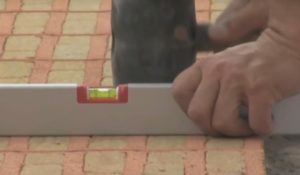 |
Aligning parts. Check blocks arranged with a long level. If necessary, a rubber mallet upsets products. |
 |
Laying nets. If used for the construction of wall blocks without filling voids may fall into the solution. To avoid this and to strengthen horizontal joints, laid on top of the first row (and subsequent) roll of polymer fine mesh. |
 |
Application of the heat-insulating solution. Over the first row of blocks inflict light insulating masonry mixture. Optimum coating thickness - 10-12 mm. For investment this operation is convenient to use a special carriage, which when moving itself forms a layer of desired thickness of the solution. |
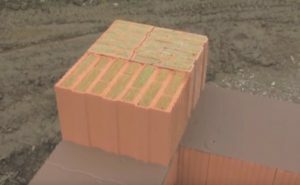 |
Laying second and subsequent rows. Put keramoblok the algorithm described above, each starting with the next row of angles. When laying necessarily observe bandaging of seams, displacing parts for at least 1/3 of the width. Carefully monitor each series of horizontally and vertically. |
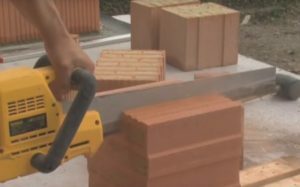 |
Trimming blocks. If necessary, cut the product with a circular, saber or chain saw, designed to work in ceramics. To a cutting process do not form large amounts of dust, pour the water flow. |
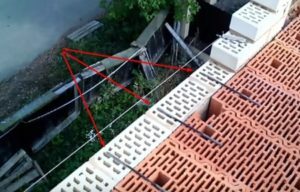 |
Setting the mortgage. For communication keramobloka lined in the horizontal layer build into steel bars. They provide reliable bonding of two independent layers of masonry. |
Of course, this statement can not be considered universal. But the idea of how to properly erected masonry from the described material, it gives the fullest.
Question 2. What mistakes should be avoided?
Unfortunately, despite the good performance of the material, often structures of porous ceramic blocks suffer from lack of effective thermal insulation. Usually the reason for this are the mistakes made at the stage of laying.
Here are the most common ones:
| Illustration | Errors in the |
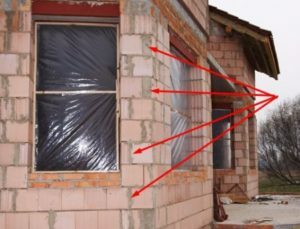 |
Improper cutting. Use of parts for fitting to size unsuitable tool leads to the formation of rough edges and to the destruction of internal partitions. As a result, pseudo-master forced to increase the thickness of the seam, and formed in the masonry "cold joints". |
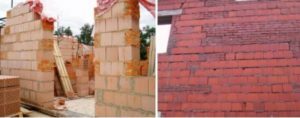 |
Combination keramobloka and conventional bricks in one clutch. These materials are very different heat conductivity, and hence they are deformed in different ways. As a result, connection is broken masonry, and suffers greatly strength of the assembly. |
 |
Improper base unit. Sometimes ceramic blocks are placed either on a foundation without a waterproofing, or a thin layer of solution. In the first case, sooner or later begin capillary "leak" of moisture from the soil. In the second - it will be very difficult to put the first row of blocks on the level, which will increase the risk of misalignment of masonry. |
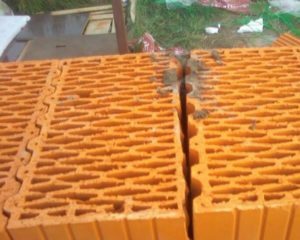 |
Incorrectly filled with a solution of vertical seams. The seam between the blocks filled in two cases: either its width exceeds 5 mm, or we combine a smooth surface with a ribbed. In all other cases, the solution is only harms the insulation! |
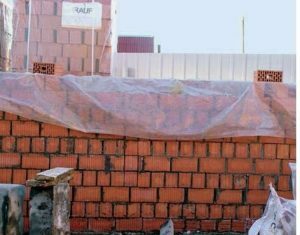 |
Lack of protection from the rain. The water in the cavities of large-format ceramic products - is the worst thing that can happen to them. Remove the water from there almost unreal, so the storage of products, and by using them for the construction of the building at hand should be sufficient to protect against the rain stock polyethylene film. |
conclusion
Correctly using keramoblok, can achieve outstanding results. Following my recommendations and stacking algorithm in the video in this article, you'll learn how to work with this material, erecting reliable, durable and warm the building. Questions about properties keramobloka and application of technology, you can specify in the comments.


